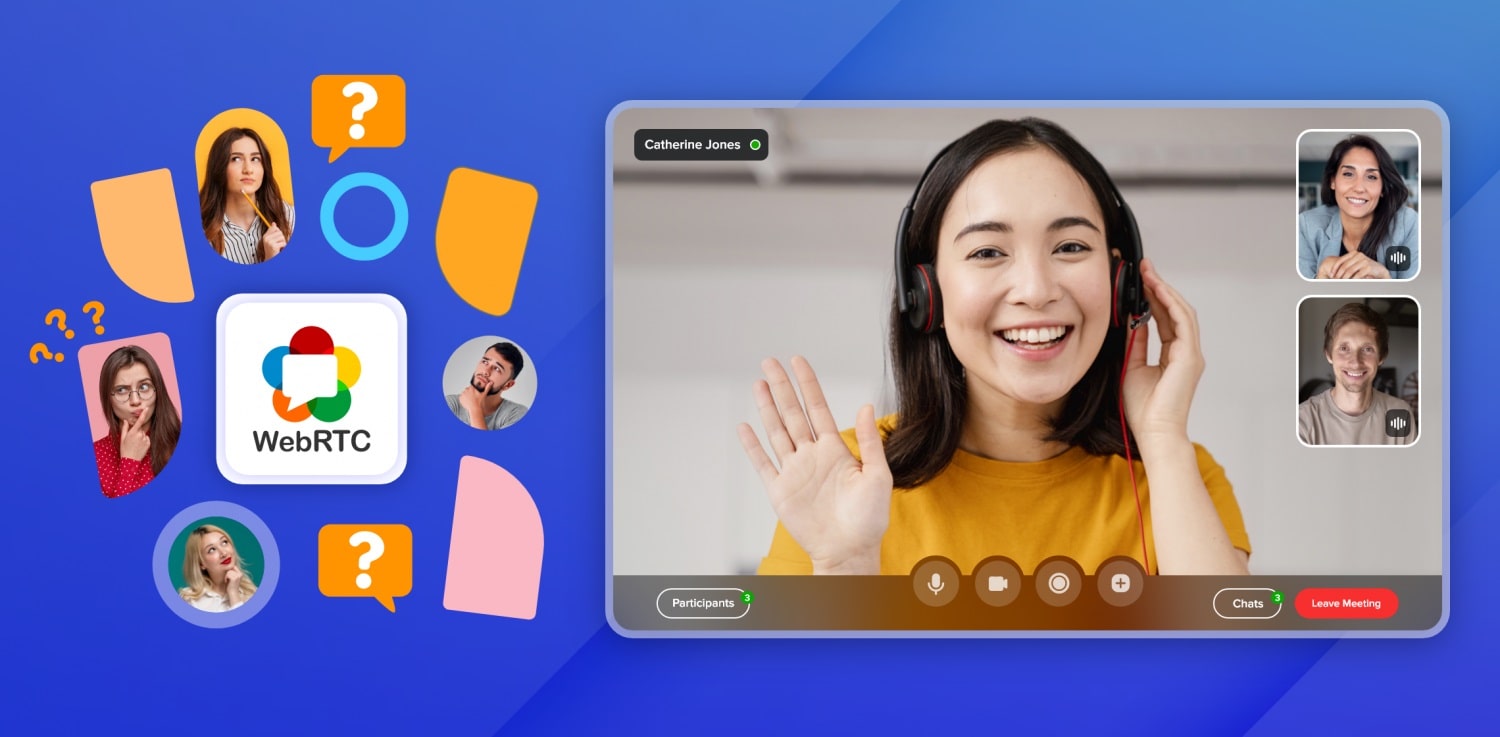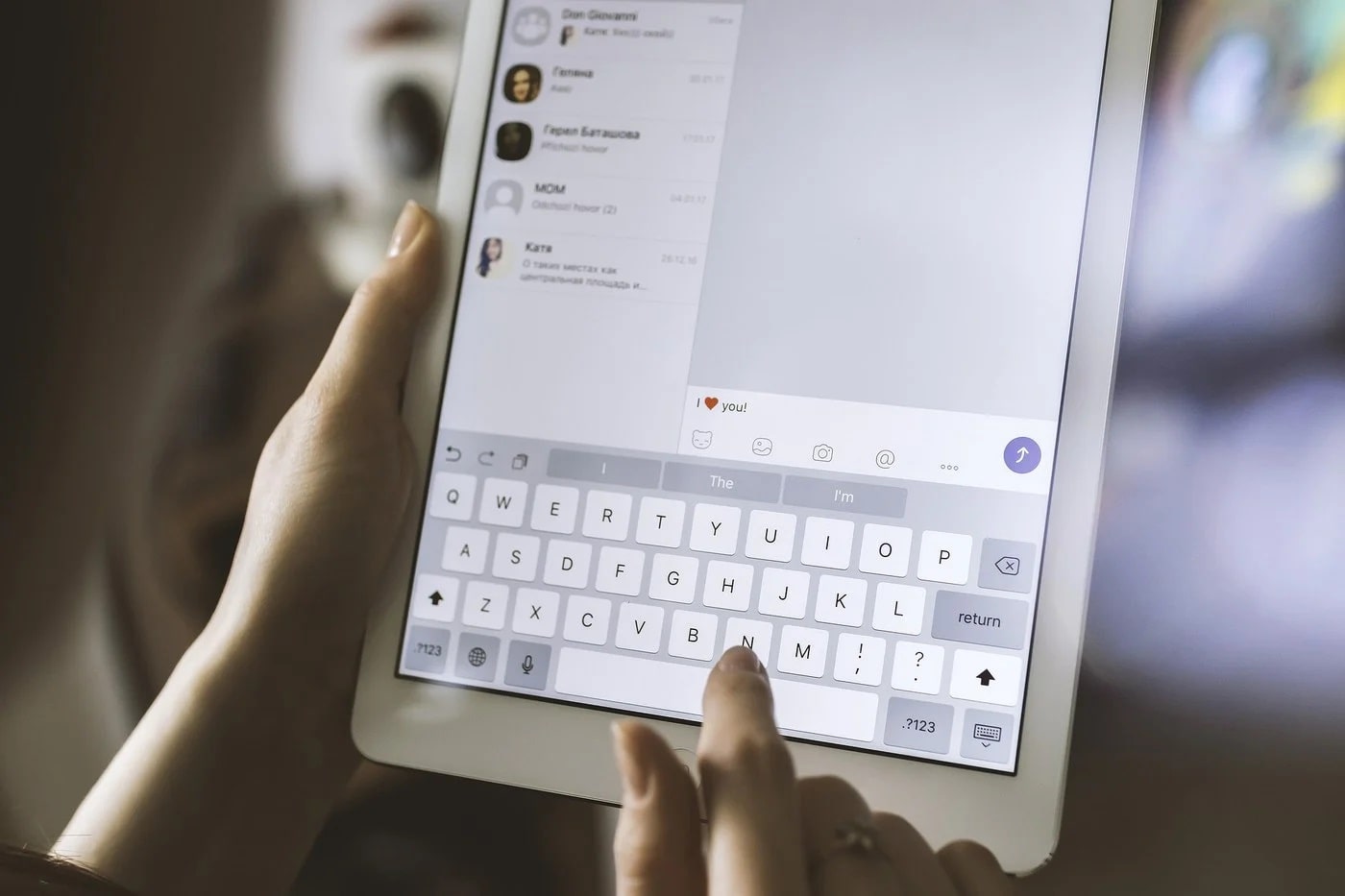Exploring the Use of WebRTC
WebRTC is a set of open-source technologies that facilitate online peer-to-peer communication. It can be used for various applications, including video calls, text chats, and file sharing. It is also a popular choice for use in Internet of Things (IoT) devices. It enables real-time data transfer and can improve communication between drones, security cameras, nanny cams, and doorbells.
1. What is WebRTC?
The purpose of WebRTC technology is to allow you to communicate video, audio, and data between browsers. It’s also built into most major web browsers and supports most mobile operating systems. It’s a great way to connect teams without downloading external software. Web conferencing is a prevalent use case for WebRTC, and it’s also used in telehealth.
These telehealth services are virtual doctor and therapy appointments, so patients can get help when they cannot visit their doctors in person. Unlike other conferencing tools, WebRTC doesn’t require plugins and can be used from desktop and mobile browsers. It’s also swift and efficient, so you can spend less time waiting for your call and more time communicating with your peers!
As more people adopt WebRTC, we’ll likely see many more of these types of apps. Whether it’s a group of sports fans who want to watch an entire game together or a group of students learning from their teachers, these apps make the whole experience much more engaging.
2. Video Calling
The use of video and audio conferencing has become an essential part of business communication. From customer service to sales to telehealth, WebRTC is a great way to ensure the right people are talking to the right people at the right time.
While traditional video calling solutions require users to download software and sign up for an account, WebRTC enables peer-to-peer communications without needing a centralized server. This is a huge advantage when it comes to mobile and browser-based apps.
Another benefit of a WebRTC-based solution is that it works on well-known protocols and standards, which means your business can easily integrate it with existing systems. This is especially important when adding video conferencing capabilities to an existing solution or using it as a unified communications strategy.

Using WebRTC with video can also help you improve customer relationships, making it easier for customers to find the information they need. Whether searching for products or services, customers can call your sales team with one click and receive assistance from a representative in real time.
When it comes to video communications, WebRTC relies on low-latency codecs. This is crucial for a smooth, high-quality experience. The lower the latency, the less jittery your customer’s video is on the other end of the conversation.
3. Audio Calling
WebRTC is a technology that lets you make real-time video and audio calls using your web browser without plugins. It’s a great way to build apps that allow you to connect directly with someone in the same room or worldwide.
WebRTC has some APIs that you can use to connect to someone’s camera and microphone in the browser. The first API you’ll want to look at is the get user media, which allows you to grab a device’s video and audio stream. It also asks the user for permission to use the camera and microphone.
Once you’ve got that, the next step is to connect your device and the other one. A lot goes on behind the scenes regarding establishing the connection, which involves a signaling negotiation process. When the first device sends an offer to connect, the second device will receive a message and have to decide whether or not to accept it.
If the first device accepts it, it will then start the connection. After establishing the connection, both devices must negotiate which codecs they will use for the call. This process is referred to as SDP negotiation, and it can take a while for the two participants to agree on which codecs they will be using.
4. Messaging

WebRTC allows for secure peer-to-peer web communication, enabling real-time audio, video, and data exchange between browsers. This technology is available in most major web browsers and works on any device without additional software or plugins. Using WebRTC to build messaging applications is a great way to connect users personally and interactively.
It is also ideal for other uses, including chat and voice calls, virtual appointments with doctors and insurance agents, and telehealth support. When developing a messaging app, it’s important to consider security and privacy. Messaging over the web can be susceptible to viruses, worms, and other malware.
In addition, unencrypted media may be intercepted and distributed by evil people. With WebRTC, you can encrypt all communication between browsers and prevent hackers from stealing your data. This will help protect your customers from phishing attacks and other malicious activity that can damage their devices and bank accounts.
Additionally, WebRTC is easier to develop than other communications technologies like VoIP or SMS. It requires fewer APIs to produce a fully functional application and is simpler on the backend. This means faster production and a more user-friendly experience for your audience.
